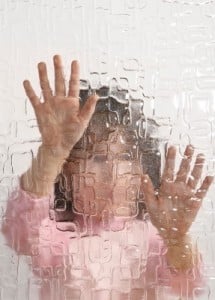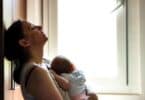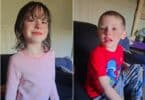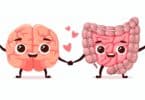
The former criteria, DSM-IV, contained several sub-types of autism spectrum disorder (ASD) – Rett disorder, childhood disintegrative disorder, Asperger’s disorder, and pervasive developmental disorder not otherwise specified. The new criteria did not recognize these same subtypes, and only distinguished two basic ASD categories – “impaired social communication” and restricted, “repetitive behavior interests or activities.”
The new criteria also allows historical behavior to be used alongside current behavior in a child (which is probably a good thing), but the remaining portions of the criteria are a little more restrictive. A child must now meet at least five of the DSM-V criteria to qualify for an ASD diagnosis.
To see how this affected children with autistic behaviors, the Journal of the American Academy of Child and Adolescent Psychiatry (JAMA Psychiatry) published study looked at data on 6,577 8-year-old children previously diagnosed with ASD under the DSM-IV criteria.
Based on the new criteria, about 81% of the children previously diagnosed on the autism spectrum would retain an ASD diagnosis (5,339). This left a little over 1,200 children outside of the spectrum under the DSM-5 criteria. This lowered the autism rate from about 11.3 in 1,000 people with autism under the old criteria to about 10 in 1,000 under the new criteria.
It doesn’t sound like a lot of people. It doesn’t sound like THAT many children will be affected. But the reality is, researchers on the study found that some of these children failed to meet the criteria by just one symptom. In some cases, it may not affect diagnosis, but in others, it very well could.
“Children identified as having ASD by a health care or education professional were more likely to meet DSM-5 criteria than children with DSM-4 documented symptoms of ASD, but not an ASD diagnosis. Also, a large majority of children who did not meet DSM-5 criteria were lacking only a single symptom – that is, they had 4 of 5 required symptoms,” study author, Dr. Matthew Maenner, told Medical News Today.
And though the focus of the study was not on how services for children would be affected, Dr. Maenner says that there are “some noteworthy findings that could pertain to service eligibility.”
Still, the researchers believe it’s possible that things may balance out in the future. Maybe some doctors will add an additional symptom if they feel that the child is close enough. Maybe there will be adaptations to the criteria that will allow for more children in need to meet the criteria. Whatever the case, Dr. Maenner and his colleagues say there’s no need for an uproar at this time because changes like this take time, and further changes are likely to make their way into the current diagnosis criteria.
“Autism spectrum disorder prevalence estimates will likely be lower under DSM-5 than under DSM-IV-TR diagnostic criteria, although this effect could be tempered by future adaptation of diagnostic practices and documentation of behaviors to fit the new criteria,” he said.
What are your thoughts? We’d love to hear from you!
Related Articles:
- Children with Autism Benefit from Social Interactions Initiated by Peers
- Select Canadian Malls Offer Calmer, Quieter Environment For Children With Autism To Visit With Santa
- Problem Solving, Parent-Centered Therapy may Help Mothers of Children Diagnosed with Autism







Rett Syndrome and Childhood Distengrative Disorder were never part of the autism spectrum. They were part of a category called Percasive Developmental Disorders. The category included the 2 aforementioned dignoses and the autism spectrum. The autism soectrum was made up of classic autism, PDD-NOS, and Asperger’s syndrome.